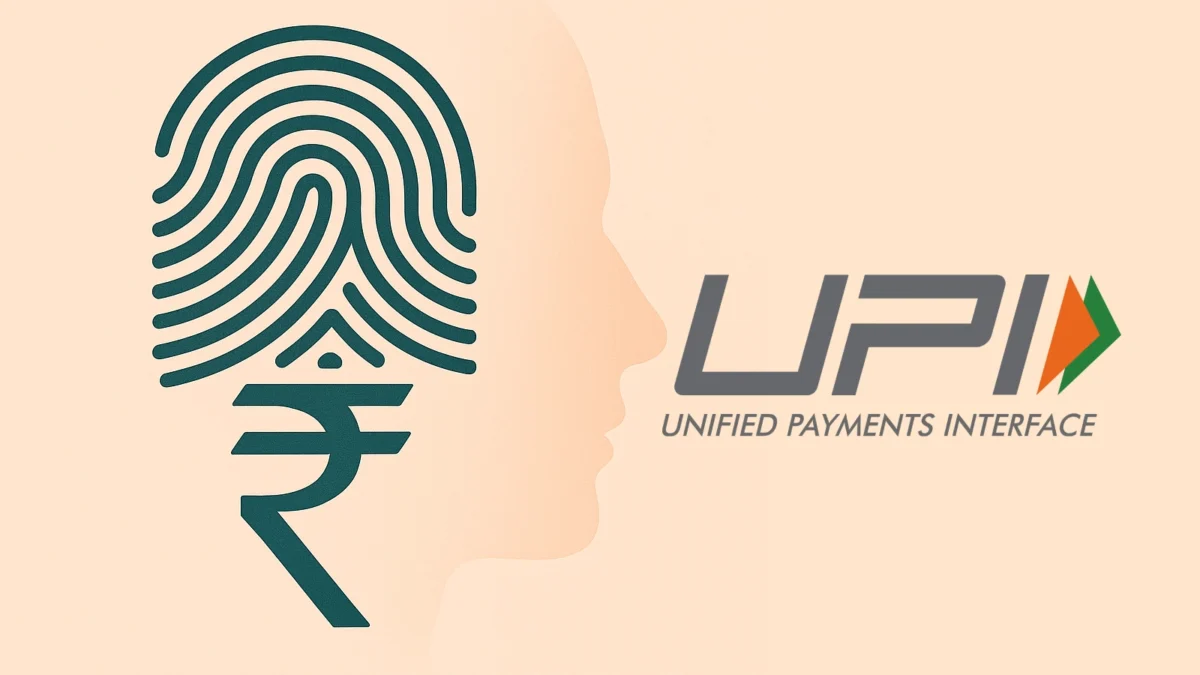A few years ago, paying through UPI meant tapping your bank app, entering a PIN, and you were done. Now, a quiet revolution is underway — led by the National Payments Corporation of India (NPCI) — where your face or fingerprint could become your new PIN.
It sounds futuristic, even convenient. But as NPCI rolls out biometric UPI, an uneasy question looms: what happens when your most personal data — your body itself — becomes the key to your money?
From PINs to Prints: What’s Changing
India’s Unified Payments Interface (UPI), managed by NPCI, has already transformed how the country pays — instant, simple, and almost universal. The next leap is biometric authentication, where users can authorize payments through face or fingerprint recognition in apps like BHIM, Paytm, and Google Pay.
In this setup, instead of entering your UPI PIN, you can verify using your device’s biometric sensor. The process happens within a secure hardware zone — a “trusted execution environment” — meaning your biometric data supposedly never leaves your phone, according to a recent Livemint explainer.
But while the NPCI biometric UPI model promises convenience, it also opens up new questions about privacy, data protection, and accountability.
The Privacy Puzzle
Biometric data isn’t like a password. You can’t reset your fingerprint or change your face. Once leaked, it’s gone for good — making security breaches far more serious.
India’s Aadhaar system already uses biometrics for identity verification, but applying that model to financial transactions raises new concerns. Even if NPCI ensures data stays device-side, vulnerabilities could emerge at the app or hardware level.
As the Internet Freedom Foundation warns, misuse or unauthorized access to biometric data could expose individuals to identity theft, impersonation, or even mass surveillance. And since many users may not fully grasp what they’re consenting to when enabling biometrics, the risk of uninformed consent remains high.
India’s Legal Shield — Strong Enough?
The Digital Personal Data Protection (DPDP) Act, 2023 classifies biometric data as sensitive personal information — a positive step. But if biometric credentials are ever misused, there’s still no clear legal path for user redress.
Would the liability rest with the bank, the app, the device maker, or NPCI as the payments operator? That’s still uncertain. The Aadhaar Act, while regulating biometric use for identity, doesn’t fully cover financial authentication.
By comparison, Europe’s General Data Protection Regulation (GDPR) gives individuals the right to access or erase biometric records, while Kenya’s Data Protection Act mandates explicit consent for each use. India’s framework, though evolving, hasn’t yet built similar user empowerment tools.
Global Lessons for NPCI and India
Global experience offers useful cautionary tales. In Nigeria, biometric POS systems improved fraud detection but suffered from weak vendor controls and data leaks. In Indonesia, regulators slowed biometric payment adoption until stronger privacy standards were implemented.
For NPCI, these examples underline a key point: trust drives adoption. Rushing implementation without airtight safeguards could erode the confidence that made UPI a global success story.
Redress and User Protection: Still a Blind Spot
Right now, if a user’s UPI PIN is compromised, they can reset it. But if their biometric data is misused, there’s no easy fix. That’s why legal scholars and fintech experts are urging NPCI and regulators to design a clear redress framework — perhaps even a “biometric reset” mechanism or compensation fund for verified misuse cases.
Until then, users must rely on grievance redress channels that were never designed for biometric disputes — a gap that could leave many without protection in the event of a privacy breach.
The Road Ahead
There’s no doubt that NPCI’s biometric UPI can make payments faster, more inclusive, and user-friendly. But convenience must come with caution.
In making our faces and fingerprints the keys to our wallets, India also needs to ensure those keys are protected — not just by technology, but by law. Because when NPCI and banks turn our bodies into passwords, we need one more safeguard: the right to stay safe when things go wrong.
Last Updated on October 18, 2025 by Lucy




